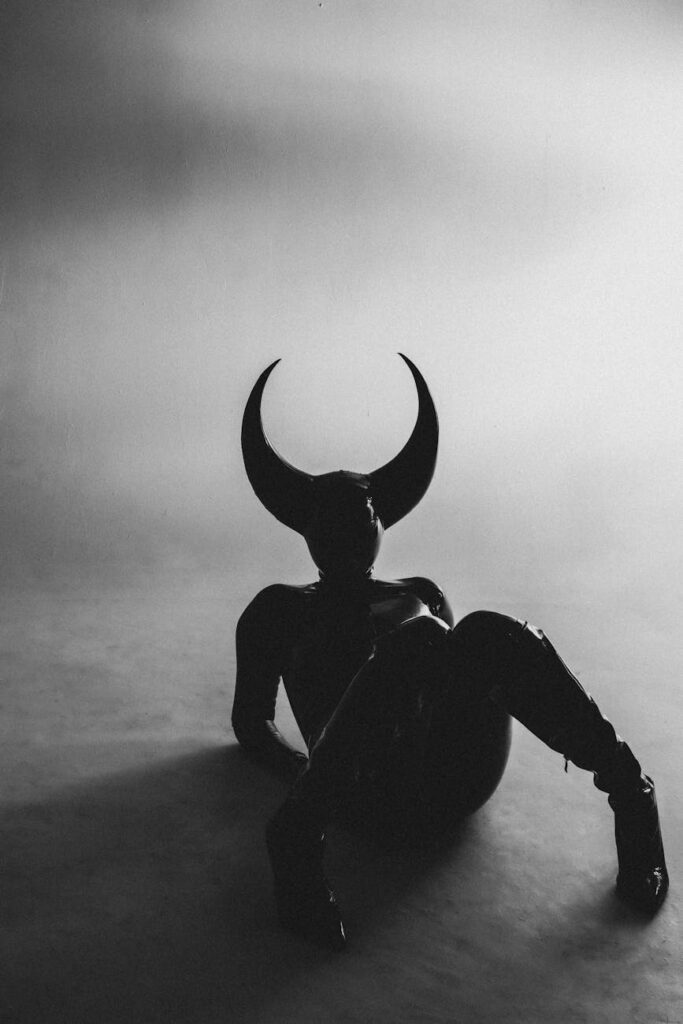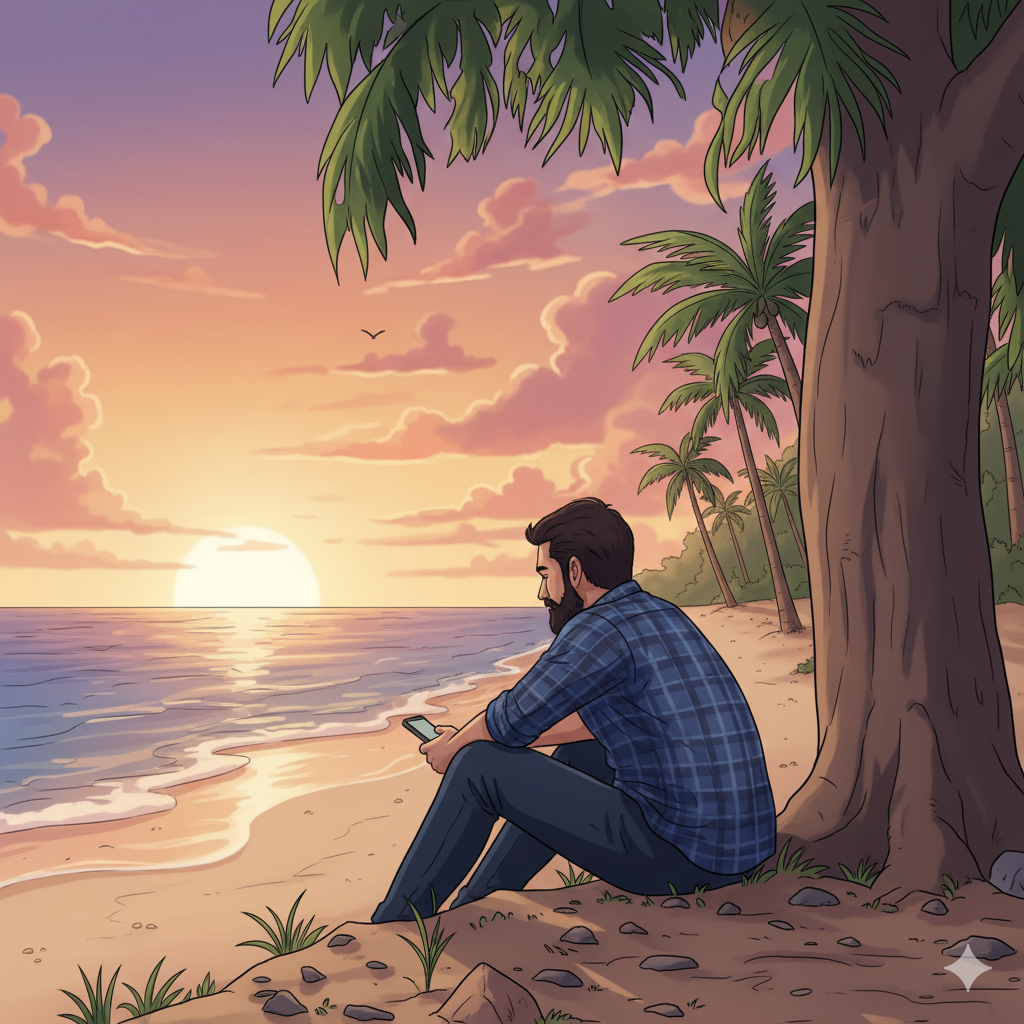Elias Thorne wasn’t a ghost hunter, nor did he believe in them. He was a photographer, obsessed with capturing the ephemeral, the fleeting moments that whispered stories untold. His specialty was long-exposure photography, transforming the mundane into ethereal streaks of light and color. It was this obsession that led him to the abandoned Orpheum Theatre, a grand dame of decay nestled in the heart of a forgotten city. Its chipped gilt paint and dusty velvet curtains spoke of a glorious past, a time when laughter and applause echoed through its halls, now replaced by the rustling of pigeons and the sigh of the wind.
The Orpheum held a peculiar reputation. Locals whispered of lingering echoes, not just of music, but of voices, fragments of forgotten performances, ghostly afterimages of a bygone era. Elias, ever the pragmatist, dismissed these tales as folklore, the product of overactive imaginations. He was there for the light, the way it filtered through the stained-glass windows, painting the decaying grandeur in a melancholic hue. He set up his equipment in the orchestra pit, the silence amplifying the building’s age and decay. As dusk settled, he began his work, capturing the slow dance of shadows and light across the empty seats.
Night fell, and the theatre transformed. The moonlight, filtering through the dusty windows, cast long, dancing shadows that seemed to writhe and twist with a life of their own. Elias felt a prickle on the back of his neck, an unsettling awareness that he was not alone. He dismissed it as nerves, attributing it to the eerie silence and the stories he’d heard. He continued to work, his camera clicking rhythmically, documenting the theatre’s spectral beauty. It was during one of these long exposures, as he focused on the stage bathed in an ethereal moonlight, that something extraordinary happened. A faint, shimmering form began to materialize, hovering just above the stage. It was vaguely humanoid, its edges blurring into the surrounding darkness, yet undeniably there. It pulsed with a soft, otherworldly light, and Elias, through his viewfinder, swore he could see the faint outline of a face, contorted in a silent scream.
He held his breath, his finger hovering over the shutter button. Could this be what the locals whispered about? A ghostly afterimage of a spoken word, a fragment of a performance long past, trapped within the very fabric of the theatre? His rational mind screamed at him that it was a trick of the light, a figment of his imagination fueled by the stories and the eerie atmosphere. Yet, his artistic instincts urged him to capture this moment, to preserve this spectral apparition. He pressed the shutter button, the camera’s mechanism whirring as it recorded the scene, the long exposure capturing more than just light and shadow. When the image developed, it revealed more than he could have imagined. The ghostly figure was clear, its form shimmering with an otherworldly luminescence. It seemed to be caught mid-speech, its ethereal mouth open in a silent scream, a ghostly echo of a forgotten performance. The image sent a shiver down Elias’ spine. This wasn’t a trick of the light. This was something else entirely.
Elias spent the next few weeks pouring over historical records, searching for any clue to the ghost’s identity. He discovered that the Orpheum had a rich, albeit tragic, history. Numerous performers had met untimely ends within its walls, their stories fading into obscurity. He found mention of a renowned opera singer, Isabella Moreau, whose final performance at the Orpheum ended in a tragic accident. Could this be her, her final, agonizing scream captured forever in his photograph?
Driven by a newfound purpose, Elias returned to the Orpheum, armed with his camera and a burning desire to understand the ghostly figure he had captured. He spent countless nights in the theatre, experimenting with different exposure times, different angles, trying to capture another glimpse of the spectral singer. He spoke to locals, gathering more stories and fragments of information. He learned that Isabella’s final performance was a rendition of a tragic aria, a lament of lost love and despair. He imagined her final moments, the terror and anguish she must have felt, and the chilling thought occurred to him: perhaps her final, desperate scream wasn’t a scream of terror, but a scream of art, a final, powerful expression of her craft, etched into the very soul of the theatre.
He started to record sounds in the theatre, hoping to capture some residual audio that might coincide with his photograph. He used specialized equipment, designed to pick up the faintest of sounds, the whispers of the past. And then, one night, amidst the background noise of the city and the creaks of the old building, he heard it. A faint, ethereal wail, a fragment of a melody, almost indistinguishable, yet undeniably there. It was a snippet of Isabella Moreau’s final aria, the same lament of lost love and despair. He played the recording back, over and over, comparing it to his photograph, the spectral image of the singer frozen mid-scream. The audio and the image seemed to align perfectly, as if the photograph was a visual representation of the recorded sound. He had captured the ghostly afterimage of a spoken word, not just in image, but in sound as well.
Elias’s discovery sent ripples through the world of photography and paranormal research. His photograph became a subject of intense scrutiny, debated by skeptics and believers alike. Some dismissed it as a hoax, a clever manipulation of light and shadow. Others saw it as definitive proof of the afterlife, a tangible link to the world beyond. Regardless of the debate, Elias’s photograph had achieved something remarkable. It had captured the ephemeral, the fleeting essence of a moment lost to time, a ghostly echo of a life tragically cut short. The Orpheum Theatre, once a forgotten relic of a bygone era, was now a place of pilgrimage, its spectral resident a testament to the enduring power of art, even beyond the veil of death.
He continued to visit the Orpheum, not to capture more images of Isabella, but to listen, to feel her presence, to understand the story she was trying to tell. He no longer saw the theatre as a decaying building, but as a living archive, a repository of memories, both joyful and tragic. And as he stood in the orchestra pit, bathed in the ethereal moonlight, he understood that his work was not about capturing ghosts, but about capturing the echoes of lives lived, the whispers of stories untold. He was a photographer, yes, but he was also a storyteller, weaving narratives from light and shadow, capturing the ghostly afterimage of a spoken word, preserving the ephemeral beauty of moments lost to time.
Elias, once a skeptic, had become a believer, not in ghosts, but in the power of memory, the enduring legacy of human experience, etched into the very fabric of the places we inhabit. The Orpheum Theatre, once silent and forgotten, now echoed with the whispers of the past, its story brought to life by the photographer who captured the ghostly afterimage of a spoken word, a testament to the enduring power of art and the enduring strength of the human spirit.







Leave a Reply